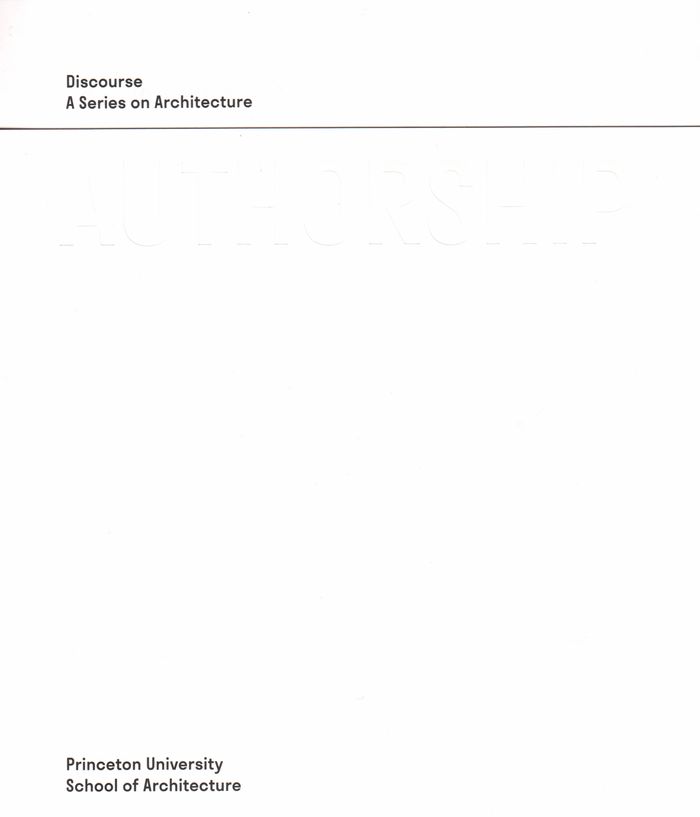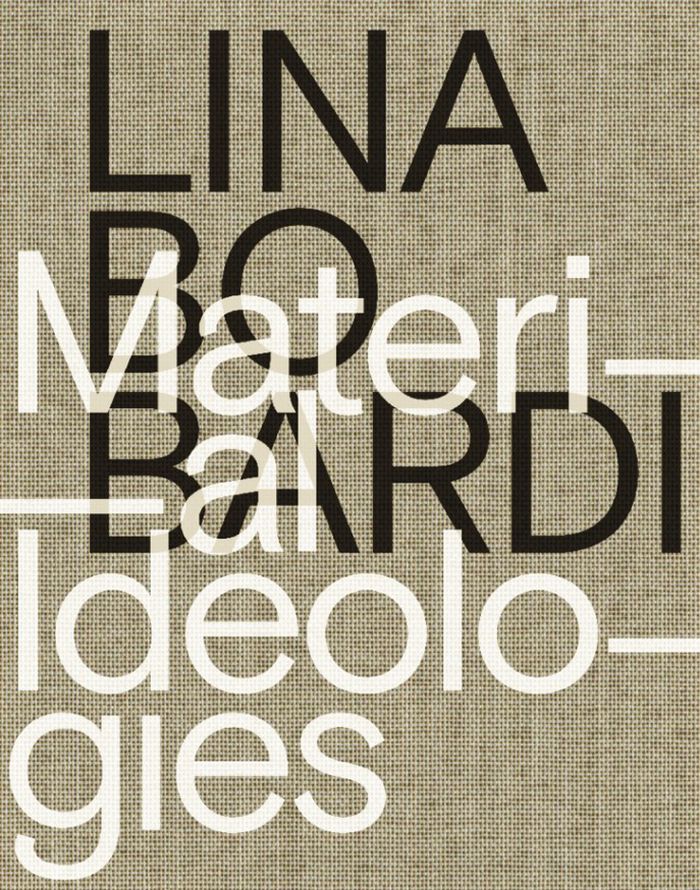$41.95
(disponible sur commande)
Résumé:
'Authorship' critically examines emergent themes in contemporary architecture by revisiting the seemingly defunct notion of design authorship. As we revel in the death of the master architect, how do we come to terms with the shifting role of creativity in architecture’s cultural production? In 'Authorship', a cross-disciplinary group of designers and scholars explores(...)
Authorship. Discourse, a series on architecture
Actions:
Prix:
$41.95
(disponible sur commande)
Résumé:
'Authorship' critically examines emergent themes in contemporary architecture by revisiting the seemingly defunct notion of design authorship. As we revel in the death of the master architect, how do we come to terms with the shifting role of creativity in architecture’s cultural production? In 'Authorship', a cross-disciplinary group of designers and scholars explores this topic through a myriad of lenses.
Théorie de l’architecture
$64.95
(disponible en magasin)
Résumé:
Lina Bo Bardi (1914–1992) is renowned for her boldly modernist designs like the São Paulo Museum of Art and the culture and leisure center SESC Pompéia. An artist, architect, designer, writer, and activist, she was a tireless champion for local craft and materials. Her democratic designs were inclusive and stood as an open invitation to those typically excluded from(...)
Lina Bo Bardi: Material ideologies
Actions:
Prix:
$64.95
(disponible en magasin)
Résumé:
Lina Bo Bardi (1914–1992) is renowned for her boldly modernist designs like the São Paulo Museum of Art and the culture and leisure center SESC Pompéia. An artist, architect, designer, writer, and activist, she was a tireless champion for local craft and materials. Her democratic designs were inclusive and stood as an open invitation to those typically excluded from elitist institutions, embodying an aesthetic that stood out among the modernist movement in Brazil and abroad. This collection of essays presents new perspectives on Bo Bardi from leading contemporary artists, architects, curators, and scholars. Contributors engage with the conceptual, social, and political philosophies latent in the architectural materials she chose—from her application of concrete to her implementation of nature and her reuse of vernacular materials.
Architecture, monographies

